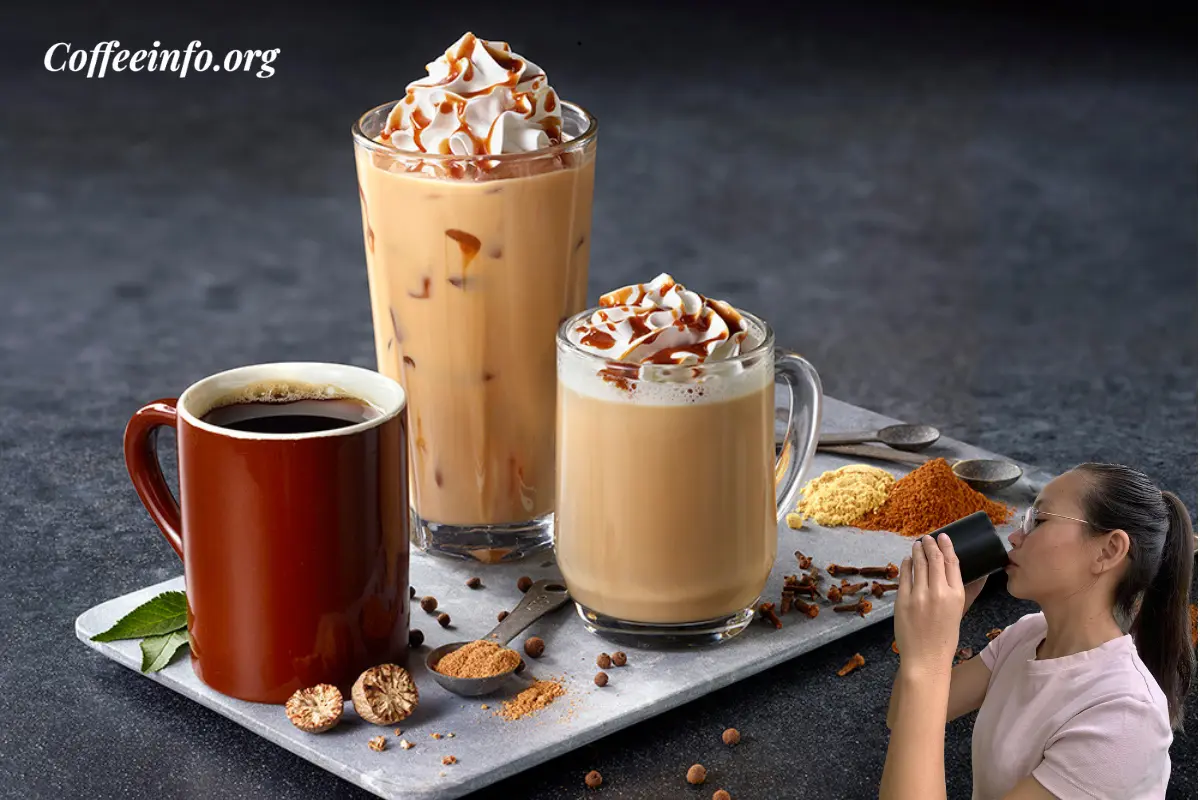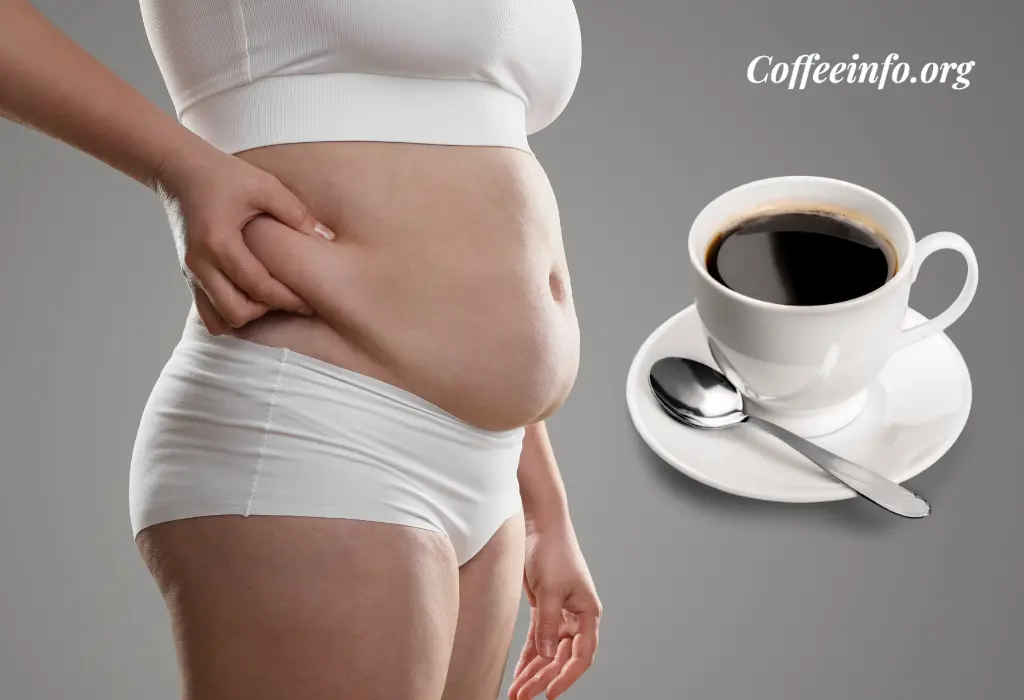Coffee culture is constantly evolving, and nowhere is this more evident than in the popularity of cold coffee drinks. Two of the most beloved options—cold brew and iced coffee—may look similar in your cup, but they are fundamentally different in preparation, taste, caffeine content, and even health benefits. Whether you’re a casual coffee drinker or a dedicated aficionado, understanding the nuances between cold brew and iced coffee can help you choose the perfect drink for your palate and lifestyle.
Table of Contents
Understanding the Basics
What is Iced Coffee?
Iced coffee is simply hot-brewed coffee that is cooled and served over ice. The coffee is typically brewed using conventional methods—drip, pour-over, or even French press—at high temperatures (195–205°F), then chilled and poured over ice. This process is quick, usually taking just a few minutes, and is highly customizable with milk, sweeteners, or flavor syrups.
What is Cold Brew?
Cold brew, on the other hand, is made by steeping coarsely ground coffee beans in cold or room-temperature water for an extended period—usually 12 to 24 hours. The result is a concentrated coffee that is then strained and often diluted with water, milk, or a milk alternative before serving. This slow extraction process produces a beverage that is distinct from both hot coffee and iced coffee in flavor and composition.
Brewing Methods: The Key Differences
| Feature | Iced Coffee | Cold Brew |
| Brew Temp | 195–205°F (hot water) | Room temp or cold water (39–77°F) |
| Brew Time | 3–5 minutes | 12–24 hours |
| Coffee Ratio | 1:13–1:18 (coffee:water) | 1:4–1:8 (often a concentrate) |
| Process | Brew hot, cool, pour over ice | Steep grounds in cold water, strain |
| Equipment | Standard coffee maker, pour-over, etc. | Mason jar, French press, cold brew maker |
Iced Coffee Process:
- Brew coffee hot using your preferred method.
- Allow it to cool or brew directly over ice (Japanese-style).
- Pour over ice and customize with milk or sweetener.
Cold Brew Process:
- Combine coarse coffee grounds with cold/room-temp water.
- Steep for 12–24 hours.
- Strain and dilute as desired.
- Store concentrate in the fridge for up to a week.
Flavor Profiles: What Sets Them Apart
Cold Brew:
- Smooth, mellow, and less acidic: The cold water extraction leaves behind many of the acids and oils that contribute to bitterness and sharpness in hot-brewed coffee.
- Rich, chocolatey, and nutty notes: Cold brew tends to highlight deeper flavors, often described as chocolatey, nutty, or even sweet, with a thicker, creamier mouthfeel.
- Consistently mellow: The slow extraction process results in a consistent, mellow cup that is easy on the palate and the stomach.
Iced Coffee:
- Brighter, more acidic, and complex: Brewing with hot water extracts a broader range of flavors, including the acids that give coffee its brightness and floral or fruity notes.
- Potential for dilution: As the ice melts, iced coffee can become watery if not brewed strong enough.
- Customizable: Iced coffee is a versatile base for experimenting with syrups, creams, or even ice cream for a dessert-like treat.
Caffeine Content: Which Packs a Bigger Punch?
- Cold Brew: Typically contains more caffeine per ounce, especially if consumed as a concentrate. A 12oz serving can have 120–170mg of caffeine, depending on brew strength and dilution.
- Iced Coffee: Usually contains less caffeine per serving, averaging around 111mg per 12oz, as it is brewed with a standard ratio and often diluted by melting ice.
The higher caffeine content in cold brew is due to the longer extraction time and higher coffee-to-water ratio used in brewing.
Acidity and Health Considerations
- Cold Brew: Up to 67% less acidic than hot-brewed coffee, making it gentler on sensitive stomachs and teeth. The lower acidity is due to the cold extraction process, which leaves behind many of the oils and acids that hot water would extract.
- Iced Coffee: Retains the acidity and oils of hot-brewed coffee, which can be more flavorful but also harsher for those with acid sensitivity.
Both drinks contain antioxidants and beneficial compounds found in coffee, though the extraction method may influence the specific profile and quantity of these compounds.
Convenience and Storage
- Cold Brew: Highly convenient for batch preparation. A large batch can be made ahead and stored in the fridge for up to a week, ready to pour over ice or mix with milk at any time.
- Iced Coffee: Best enjoyed fresh. While you can chill hot coffee in advance, it is prone to oxidation and flavor loss if stored too long.
Cost and Sustainability
- Cold Brew: Requires more coffee grounds per batch (often double), making it more expensive to produce at home or buy at a café. However, its concentrated nature means you can dilute it to taste, potentially stretching your supply.
- Iced Coffee: Uses a standard amount of coffee, making it more cost-effective for daily consumption.
Taste Preferences and Customization
- Cold Brew: Preferred by those who enjoy a smooth, rich, and mellow cup with less acidity and bitterness. It’s commonly consumed black or with minimal additions, though it pairs well with milk or milk alternatives.
- Iced Coffee: Appeals to those who like a brighter, more refreshing, and complex coffee flavor. It’s a great canvas for experimentation with flavors and toppings.
Summary Table: Cold Brew vs. Iced Coffee
| Attribute | Cold Brew | Iced Coffee |
| Brew Temp | Cold/Room temp (39–77°F) | Hot (195–205°F) |
| Brew Time | 12–24 hours | 3–5 minutes |
| Coffee Ratio | High (1:4–1:8, concentrate) | Standard (1:13–1:18) |
| Flavor | Smooth, mellow, less acidic | Bright, acidic, complex |
| Caffeine (12oz) | 120–170mg | ~111mg |
| Acidity | Low | Higher |
| Cost | Higher (more grounds used) | Lower |
| Storage | Up to a week in fridge | Best fresh |
| Customization | Milk, water, or black | Milk, syrups, ice cream, etc. |
Frequently Asked Questions (FAQ)
What is the main difference between cold brew and iced coffee?
Cold brew is made by steeping coffee grounds in cold water for 12–24 hours, resulting in a smooth, less acidic, and often stronger coffee. Iced coffee is hot-brewed coffee that is cooled and served over ice, retaining more acidity and a brighter flavor profile.
Is cold brew stronger than iced coffee?
Cold brew typically has more caffeine per ounce, especially if consumed as a concentrate, due to its higher coffee-to-water ratio and longer extraction time.
Which is less acidic: cold brew or iced coffee?
Cold brew is up to 67% less acidic than iced coffee, making it gentler on the stomach and teeth.
Can I make cold brew or iced coffee at home?
Yes! Both drinks can be easily prepared at home. Cold brew requires coarsely ground coffee and a long steeping time, while iced coffee is as simple as brewing hot coffee and pouring it over ice.
How long does cold brew last in the fridge?
Cold brew concentrate can be stored in the refrigerator for up to a week, making it convenient for batch preparation.
Does cold brew taste better than iced coffee?
Taste is subjective. Cold brew is smooth, mellow, and less acidic, while iced coffee is brighter and more complex. Your preference will depend on your taste for acidity, strength, and flavor notes.
Which is more expensive to make?
Cold brew requires more coffee grounds per batch, making it more expensive than iced coffee.
Resources for Further Reading
- CoffeeInfo.org – Your Guide to All Things Coffee
- Food & Wine: What’s the Difference Between Cold Brew and Iced Coffee?
- Toast: Barista’s Guide to Cold Brew and Iced Coffee
- Kaldi’s Coffee: 5 Things to Know About Cold Brew
Cold Brew vs. Iced Coffee: Final Say
While cold brew and iced coffee may seem interchangeable at first glance, their differences are significant—from brewing method and flavor to caffeine content and acidity. Cold brew offers a smooth, mellow, and less acidic experience, ideal for those seeking a gentle yet potent cup. Iced coffee, with its bright, complex flavors, is perfect for those who appreciate the nuances of hot-brewed coffee served refreshingly cold.
Both drinks have their place in the coffee lover’s repertoire. Whether you’re seeking convenience, flavor, or a specific caffeine kick, understanding the real differences empowers you to make the perfect cold coffee for any occasion. For more tips, recipes, and deep dives into coffee culture, visit Coffeeinfo.org.







Leave a Reply